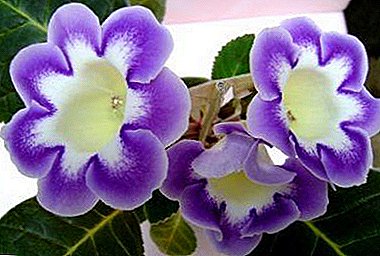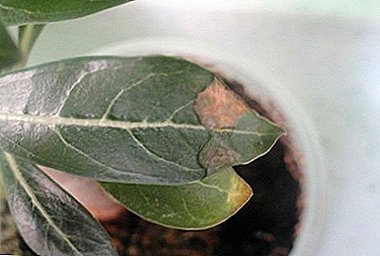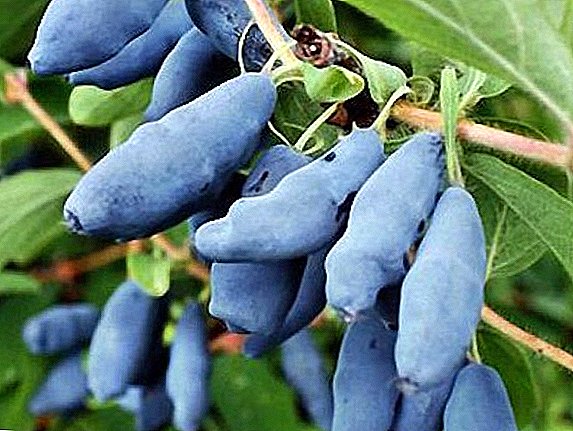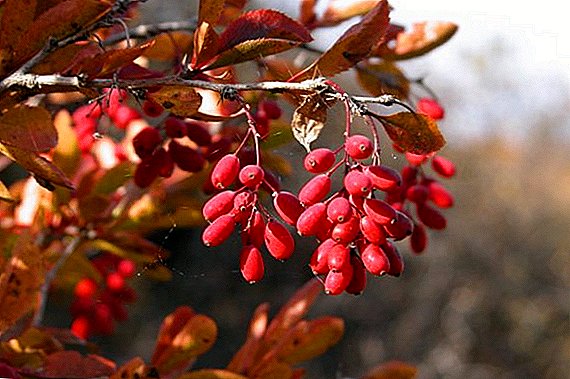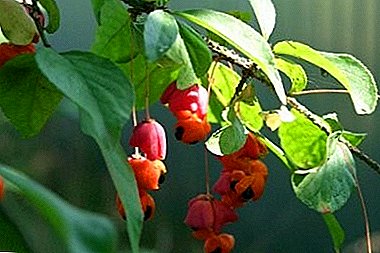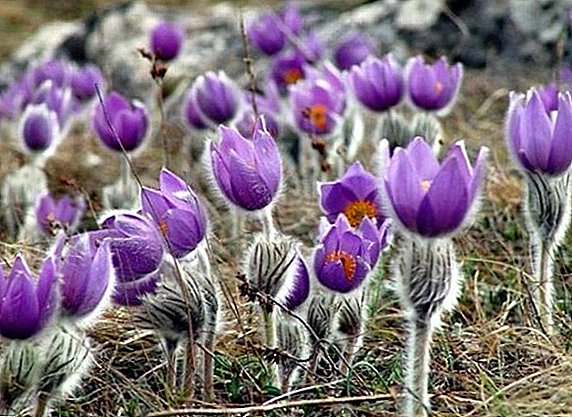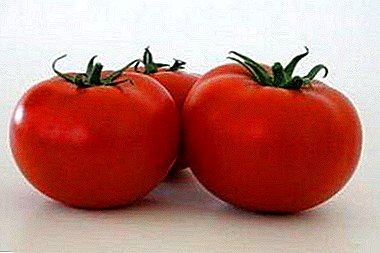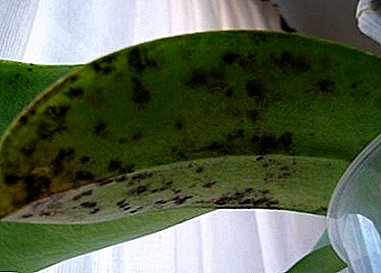
Goats are animals that are quite unpretentious in food.
They, like any living being, need vitamins, minerals, complexes of elements that will help the body to function and develop properly.
Since some breeds of goats give milk, they must have an appropriate diet.
The situation is similar with animals that are representatives of meat and other areas.
The volume and composition of food that should be given to a goat depends on its age, sex, period of suction (pregnancy), level of productivity and other factors. If the animal lacks something in the diet, then it is very inhibits the development of cattle, reduces immunity and productivity.
Goat feeds do not have to be bought, they can be grown on your own plot. For this will be enough area in 1 hectare. Half of the selected area should be taken under the fodder beet. Approximately 550 bushes can fit on this area.
Seeds for seedlings need to lay in early March. Picks need to be done according to plan. And while the seedlings grow, you need to prepare the soil for planting.

The preparatory activities are that in 1 square. a square meter needs to be brought in a bucket of humus, and for the entire selected area, 1 kg of superphosphate in granules should be isolated. Plot need to thoroughly dig and align. Dripping seedlings need in the last days of April or at the very beginning of May.
For the whole summer season, it is necessary to carry out 2 to 3 root top dressings, that is, the plants need to be watered first with nitrogen fertilizer, and then with phosphate fertilizer. On a bucket of water should go on 2-3 tbsp. spoon microelement. Care for this beet most ordinary, that is, the plants need water regularly, remove weeds, that is, the beds must be kept in order.
It is necessary to dig up beets in the late autumn. Crop should get 700-900 kg, plus tops.
The second half weave need to plant green fodder. Soil preparation is the same, only immediately after fertilization you need to sow oats or barley. Already in the middle of May from there it will be possible to take fresh food for goats.

Every day you need to mow as much green as an animal can eat. Mow need to stripes. If the entire strip has already been removed, then fertilizer should be applied to the soil, dig and sorghum seeds should be sown. So, after the goats eat oats and barley, sorghum will grow. By the way, goats like this product more than corn.
In addition to vegetable feed. Goats can be given food waste. For example, you sorted out potatoes before sowing and discarded a large number of tubers that did not survive the winter.
So, 50 kg of such bad potatoes will be enough to feed two goats. Do not throw away potato peelings, overcooked zucchini, cucumbers and other crops. These vegetables perfectly complement the diet of the animal.
You need to make sure that the food, waste that you are going to give the goat, do not get paper, bones and any other materials that can harm the animal.

In the winter period, that is, the stall period, the goats feed mainly on coarse food, namely, hay. It can be a small steppe, grass or meadow. Kocham, which weigh 40-53 kg, should be given 2 kg of good fine steppe hay per day.
If there is not enough hay, then it is replaced with straw.
Best for goats fit barley straw or millet. Worse, they will consume wheat straw, and rye will refuse to eat at all.
In addition to these two products, goats can be given the so-called brooms, that is, tree branches with leaves. If you give brooms to goats, then you should give hay 2 times less than the norm requires.
For these animals, poplar, birch, lime, rowan whisks are perfect. Leaves can be harvested separately, for example, mulberry leaves and given as a rough fodder instead of half of hay.
An important role in the diet of goats is grain, that is, grain food. An adult goat should be given up to 1 kg of oats, barley and other grains per day. The goatling needs 2 times less. Before you feed the grain to the animal, it is better to detail it for better absorption.
For young goats and goats, which are used as producers, oats are requiredwhich increases the growth rate of young animals and contributes to increased sexual activity.

In order for the animal to gain weight, it needs to be given barley, but in order to avoid obesity, barley is present in the diet of goats only in a mixture with other concentrates.
Also, cattle need chopped corn. If you give young kids maize, then in the diet should be present and protein in the form of bean hay or oilcake. Also, these animals can be fed peas, lentils and beans in the form of crushed or coarse flour.
Bran is a protein food that is easily digested, has a high nutritional value. Giving it is necessary for animals of all ages, without exception, especially for young cattle and goats that feed the kids. Bran need to either soak or mix with succulent feed.
Goats are very fond of juicy feed in the form of carrots, beets, feed watermelon and pumpkin, as well as corn silage.
In addition to natural feed, goats minerals must be given in addition.
If the animal's body is missing something, the vital activity of a goat or goat is deteriorating sharply. For example, if a pregnant goat lacks phosphorus and calcium, then the kids will give birth to the weak, and the milk will be low. If the goat lacks calcium and phosphorus, the quality of sperm drops sharply, sexual activity decreases.
It is also interesting to learn about the construction of a goat barn.

If the feed quality, then they just enough. But it is better to always keep a special salt-lizunets in the trough.
The two most important trace elements for any organism are calcium and phosphorus. They are involved in the formation of bones, teeth, affect the heart muscle, as well as the production of milk.
The ideal proportion between calcium and phosphorus is 1.5: 1, but an animal can consume volumes equal to 1.2: 1 to 3: 1.
If one element is too much, then there may be symptoms of a lack of the second. If there is a lack of both, then the goat’s milkiness will be reduced until the balance is restored.
Control of the level of calcium in the body can be carried out by intravenous injection.
Such an animal will poorly absorb this trace mineral from the environment. Goats that have an excess of calcium should not be given grass and hay from legumes. To compensate for the lack of phosphorus by feeding the goats bone meal or chalk.
Goats also need to be given salt, and this should be either a special salt-lizunets, or an ordinary product, supplemented with minerals. You can give iodized or cobalt salt, which will only positively affect the body. The animal determines the dosage independently.

Even goats and goats should be given sulfur, which is contained in the fluff and wool of these animals. With a shortage of this element, the animal is poorly digestible food, slowly gaining weight and wool.
A large amount of sulfur is contained in hay from legumes, peas, beans and other protein-containing products.
If you give mineral supplements, it can be magnesium sulfate or sodium.
Now you’ll surely feed your goats right.
And if they abruptly give less milk, the first reason is the wrong diet.


